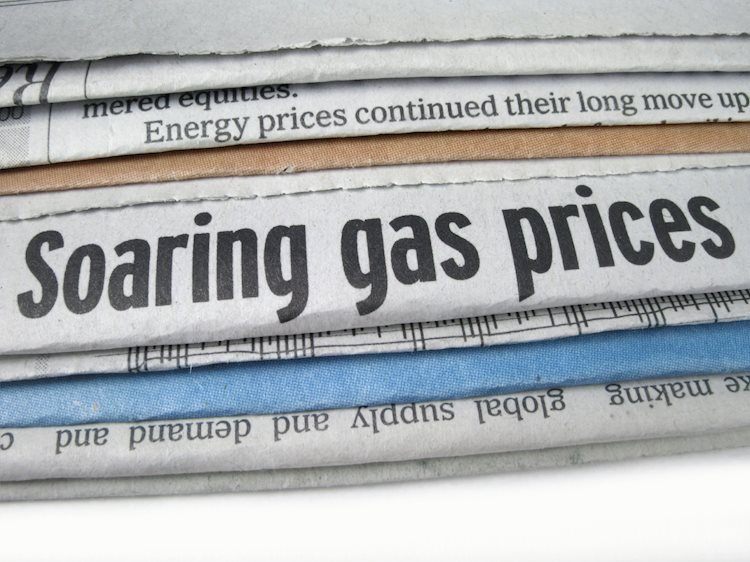Natural Gas prices took a dip at the beginning of the week due to the EU Gas storage report. Traders observed that European Gas storages were over 80%, despite delays in the reopening of the Freeport plant in Texas. The US Dollar index also experienced some volatility following President Trump’s incident over the weekend.
The decline in Natural Gas prices was attributed to Germany’s gas storage facilities being near 85%, while the overall European storage was at 81%. Traders who had bet on higher Gas prices faced significant losses due to delays in the Freeport plant reopening, which was still not producing after being closed for Hurricane Beryl. The US Dollar Index was trading choppy as a result of the shooting incident involving President Trump, affecting different asset classes.
Current Natural Gas prices were at $2.24 per MMBtu at the time of reporting, with bullish movements outpacing other market trends. The Freeport LNG plant in Texas had not produced any significant flow since reducing output due to Hurricane Beryl last week. European gas storage facilities were confirmed to be at 81% capacity, above the 5-year average of 71.3%, preparing the bloc for the upcoming fall and winter season. Novatek was also making moves to penetrate China’s Gas market further by offering cargo for late July. However, weak economic growth reported by China could result in sluggish demand for LNG.
Based on technical analysis, Natural Gas prices were expected to continue their decline or correction before hitting the target of $2.13. The Relative Strength Index (RSI) indicator indicated an oversold condition, suggesting a potential bounce higher. The 200-day SMA and 55-day SMA were key resistance levels, with the $3.08 level remaining a significant hurdle. On the downside, $2.13 was the next target, but buyers were expected to step in to buy the dip. In extreme bearish scenarios, $1.53 could be a long-term target.
Supply and demand dynamics, influenced by global economic growth, industrial activity, population growth, production levels, inventories, and weather conditions, play a crucial role in determining Natural Gas prices. Geopolitical events, government policies, and economic data releases from major consumers like China, Germany, and Japan also impact prices. The weekly inventory bulletin from the Energy Information Administration (EIA) is a key economic release that influences Natural Gas prices. The pricing and trading of Natural Gas in US Dollars make the value of the Dollar a significant factor in determining Gas prices on international markets.










